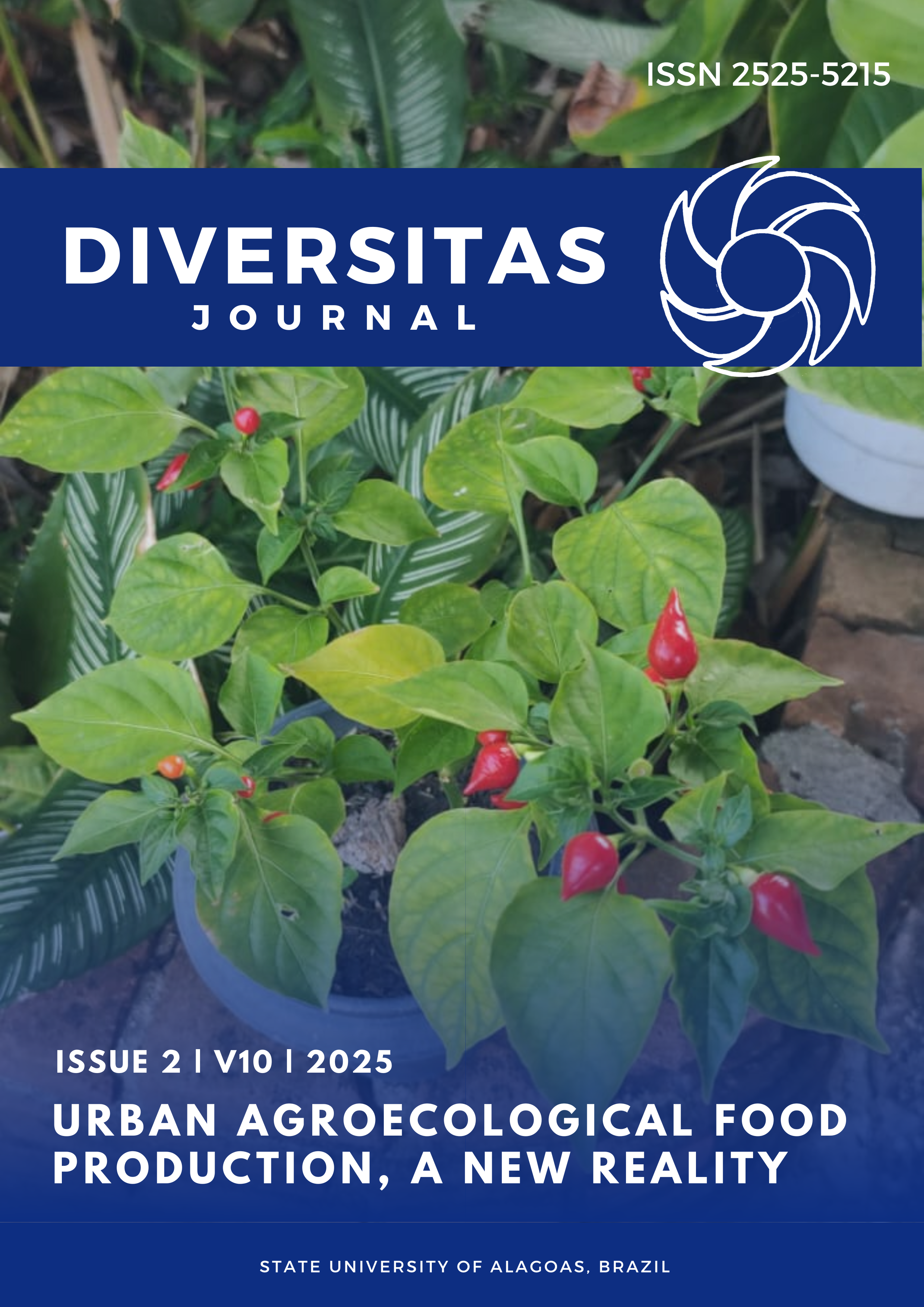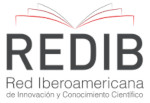La Fórmula Ganadora: Experiencias de Entrenadores Victoriosos en la Competencia Regional y Nacional de Cultura y Artes
DOI:
https://doi.org/10.48017/dj.v10i2.3340Palabras clave:
Coaches, Performing Arts, Student-Performers, Winning FormulaResumen
Esta investigación cualitativa exploró las experiencias vividas de los entrenadores ganadores de cultura y artes de la Universidad Estatal de Samar, Samar, Filipinas. Se centró en investigar sus relatos detallados y contextualmente ricos sobre sus experiencias de vida como entrenadores ganadores de artes escénicas a nivel regional y nacional. Utilizando un diseño de fenomenología descriptiva, los ocho (8) entrenadores ganadores del campus principal y los campus externos fueron entrevistados en el momento más conveniente para ellos. Los datos recopilados se analizaron utilizando el método de Colaizzi para el análisis de datos cualitativos. Sus experiencias vividas revelaron cuatro (4) temas principales y ocho (8) subtemas, con dos subtemas en cada tema. Los temas y subtemas generados fueron: (i) La Dualidad del Entrenamiento en Artes Escénicas, Subtema 1.1: El Intérprete, Subtema 1.2: El Entrenador, (ii) La Formación del Intérprete, Subtema 2.1: Estrategias, Subtema 2.2: Desafíos, (iii) El Mecanismo de Andamiaje, Subtema 3.1: Administrativo, Subtema 3.2: Personal, y (iv) Adherirse al Barómetro, Subtema 4.1: Preparación, Subtema 4.2: Competencia. Las consideraciones éticas fueron primordiales, asegurando la aprobación ética de la investigación con seres humanos, el consentimiento informado y la protección de la privacidad de los datos. A partir de los temas generados de los entrenadores ganadores de artes escénicas, se creó un modelo titulado “La Fórmula Ganadora Kultura Samarnon” por J. Fabillar (2024). Esta fórmula proporciona un marco detallado y una matriz para garantizar un desempeño ganador. El modelo propuesto de este estudio tenía como objetivo crear un desarrollo de cultura y artes para la Universidad Estatal de Samar, especialmente para entrenadores y estudiantes intérpretes con una alta tasa de éxito.
Métricas
Citas
Adler, K., & Adler, K. (1965). The art of accompanying and coaching (pp. 182-240). Springer US.
Bannon, F. (2004). Towards creative practice in research in dance education. Research in Dance Education. https://eric.ed.gov/?id=EJ824184
Bettinger, E., & Baker, R. (2011). The Effects of Student Coaching in College: An Evaluation of a Randomized Experiment in Student Mentoring. NBER Working Paper No. 16881. National Bureau of Economic Research.
Connelly, F.M., Clandinin, D.J., 1990. Stories of experience and narrative inquiry. Educ.Res. 19(5), 2–14. doi: 10.3102/0013189x019005002.
Creswell, J. W. (2003). Research design: Qualitative, quantitative and mixed methods approaches (2nd ed.). Thousands Oaks, CA: Sage
Franklin, J., & Doran, J. (2009). Does all coaching enhance objective performance independently evaluated by blind assessors? The importance of the coaching model and content. International Coaching Psychology Review, 4(2), 128-144.
Gearity, B. T. (2010). Effective coaching: The winning discourse or educational foundations?. Human Kinetics. https://journals.humankinetics.com/view/journals/jce/3/1/article-p69.xml
General Assembly of the World Medical Association. (2014). World Medical Association Declaration of Helsinki: ethical principles for medical research involving human subjects. The Journal of the American College of Dentists, 81(3), 14-18.
Glesne, C. (2016). Becoming qualitative researchers: An introduction. Pearson.
Grobler, B. R., Moloi, K. C., Loock, C. F., Bisschoff, T. C., & Mestry, R. J. (2006). Creating a school environment for the effective management of cultural diversity. Educational Management Administration & Leadership, 34(4), 449-472.
Growe, R., Schmersahl, K., Perry, R., & Henry, R. (2002). A Knowledge Base for Cultural Diversity in Administrator Training. Journal of Instructional Psychology, 29(3).
Henson, Florante G. "Historical development and attendant problems of cultural resource management in the Philippines." In Archaeological Heritage Management, pp. 109-117. Routledge, 2020.
Husserl, E. (1999). The essential Husserl: Basic writings in transcendental phenomenology. Indiana University Press.
Matthews, S. M., (2020). Role of Education in Transmitting Culture in Society.
McAdams, D. P., & McLean, K. C. (2013). Narrative identity. Current directions in psychological science, 22(3), 233-238.
Miles, M., Huberman, A. (1994) An expanded sourcebook: Qualitative data analysis, 2nd ed. Thousand Oaks: Sage Publications.
Pharion, J. L. (2014). Transformational leadership in coaching. Master’s thesis. Ashland University, Ashland, OH.
Pillow, W. (2003). 'Bodies are dangerous': Using feminist genealogy as policy studies methodology. Journal of Education Policy, 18(2), 145-159. https://doi.org/10.1080/0268093022000043083
Pinnegar, S., & Daynes, J. G. (2006). Situating narrative inquiry. Handbook of narrative Inquiry.
Pletcher, B., Hudson, A., Scott, L. (2019). Coaching on Borrowed Time: Balancing the Roles of the Literacy Professional. The Reading Teacher, 72 (6):689- 699.doi:10.1002/TRTR.1777
Radwan, J. (2001). Mediated Rhetoric: Presentational Symbolism and Non-Negation. American Communication Journal, 5(1).
Rafferty (2010). Considerations for integrating fitness into dance training. Journal of dance medicine & science: official publication of the International Association for Dance Medicine & Science. https://pubmed.ncbi.nlm.nih.gov/20507720/
ResearchGate. https://www.researchgate.net/publication/339816271_Role_of_Education_in_Trans mitting_Culture_in_Society
Richards & Templin, (2012). These educators are referred to as teacher-coaches. Roles and Responsibilities of a P.E Teacher.
Slaughter-Thierry, S. M. (2017). A Phenomenological Study of Educational Experiences of Gifted and Talented Professionals Working in Areas of Creative, Artistic or Performing Arts. Lamar University-Beaumont.
Stacey, D., Kryworuchko, J., Belkora, J., Davison, B. J., Durand, M. A., Eden, K. B., ... & Street, R. L. (2013). Coaching and guidance with patient decision aids: a review of theoretical and empirical evidence. BMC medical informatics and decision making, 13, 1-11.
Sugiyono, P. D. (2014). Metode Penelitian Manajemen. Yogyakarta: Alfabeta, CV.
Taie, E. S. (2011). Coaching as an approach to enhance performance. The Journal for Quality and Participation, 34(1), 34.
Weiss, C. R., Johnson-Koenke, R., Reed, S. M., Willis, D. G., & Sousa, K. H. (2023). Themes of liminality: Stories from cancer family caregiver narratives. Advances in Nursing Science, 10-1097.
Wikimedia Foundation. (2023). Philippine Association of State Universities and Colleges.
Wikipedia.https://en.wikipedia.org/wiki/Philippine_Association_of_State_Universiti es_and_Colleges
Zandra, R. A. (2021). Performing a Victory in Performing Arts Competitions. KnE Social Sciences, 251-256.
Descargas
Publicado
Cómo citar
Número
Sección
Licencia
Derechos de autor 2025 Jonas P. Fabillar, Niño G. Matillano

Esta obra está bajo una licencia internacional Creative Commons Atribución 4.0.
O periodico Diversitas Journal expressa que os artigos são de unica responsabilidade dos Autores, conhecedores da legislação Brasileira e internacional. Os artigos são revisados pelos pares e devem ter o cuidado de avisar da possível incidencia de plagiarismo. Contudo o plagio é uma ação incontestavel dos autores. A Diversitas Journal não publicará artigos com indicios de Plagiarismos. Artigos com plagios serão tratados em conformidade com os procedimentos de plagiarismo COPE.
A violação dos direitos autorais constitui crime, previsto no artigo 184, do Código Penal Brasileiro:
“Art. 184 Violar direitos de autor e os que lhe são conexos: Pena – detenção, de 3 (três) meses a 1 (um) ano, ou multa. § 1o Se a violação consistir em reprodução total ou parcial, com intuito de lucro direto ou indireto, por qualquer meio ou processo, de obra intelectual, interpretação, execução ou fonograma, sem autorização expressa do autor, do artista intérprete ou executante, do produtor, conforme o caso, ou de quem os represente: Pena – reclusão, de 2 (dois) a 4 (quatro) anos, e multa.”


















